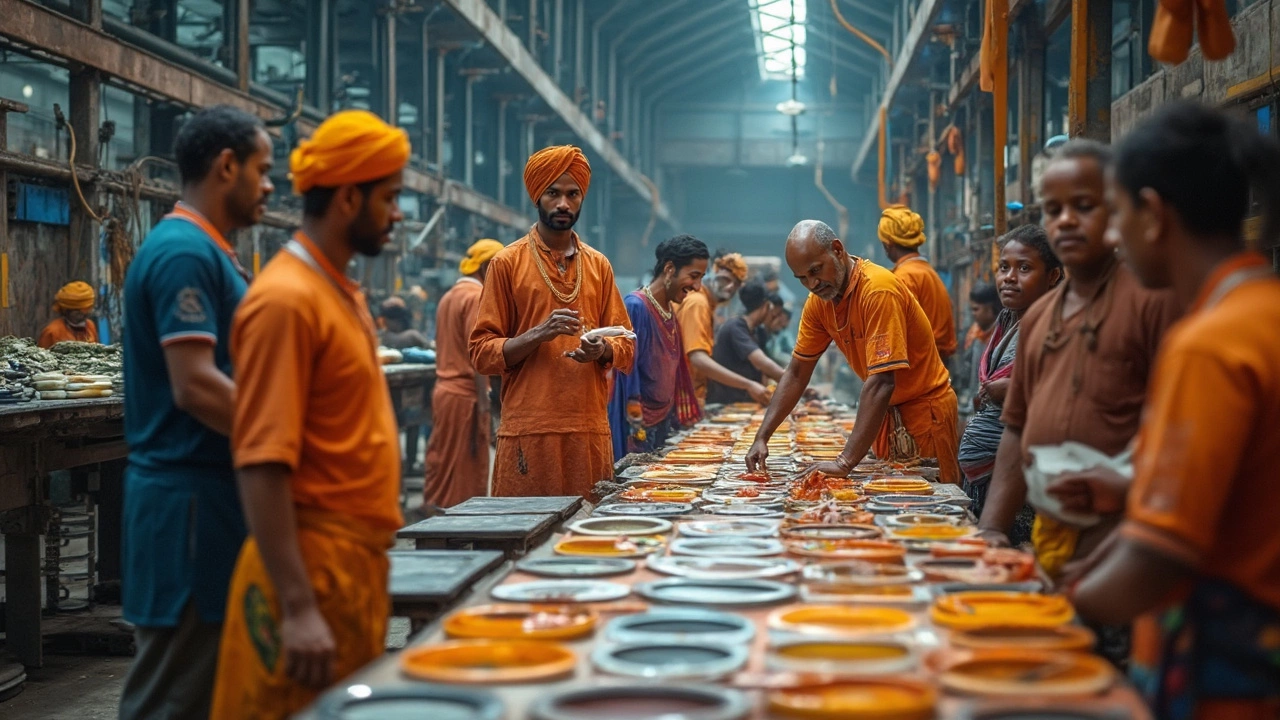Plastic Types: What They Are and When to Use Them
Ever wonder why some bottles feel stiff while others bend easily? It all comes down to the type of plastic they’re made from. Knowing the main plastic families helps you pick the right material for a project, avoid costly mistakes, and recycle smarter.
Popular Plastic Families and Their Traits
PET (Polyethylene Terephthalate) – You see PET in soda bottles and food jars. It’s clear, lightweight, and strong enough to hold pressure. PET is easy to recycle and doesn’t leach chemicals, making it a favorite for drinks.
HDPE (High‑Density Polyethylene) – This plastic is tougher and more rigid. Think milk jugs, detergent containers, and some pipe fittings. HDPE resists impact and chemicals, so it’s great for outdoor use.
PVC (Polyvinyl Chloride) – PVC shows up in pipes, window frames, and cable insulation. It’s stiff, fire‑resistant, and can be made flexible with additives. Watch out for the smell when you heat it – it can release fumes.
LDPE (Low‑Density Polyethylene) – Soft and flexible, LDPE is used for plastic bags, squeeze bottles, and film wrap. It bends easily but isn’t as strong as HDPE, making it perfect for disposable items.
PP (Polypropylene) – This is a heat‑friendly plastic found in yogurt cups, microwave containers, and automotive parts. PP tolerates higher temperatures without melting, so it’s safe for reheating food.
PS (Polystyrene) – The hard, white material in disposable coffee cups and egg trays. It’s cheap and rigid but can crack under stress. Expanded PS (Styrofoam) is used for insulation and packaging.
Choosing the Right Plastic and Recycling Tips
When you pick a plastic, think about three things: strength, temperature resistance, and how it will be disposed of. If you need a bottle that won’t warp in the sun, go for PET or HDPE. For a container that must go in the microwave, PP is your best bet. And if you want something that bends for a bag or wrap, LDPE does the job.
Recycling is easier when you know the resin code on the product (the little number inside the recycling triangle). PET (1) and HDPE (2) are accepted in most curbside programs. PVC (3), LDPE (4), PP (5), and PS (6) may need a special drop‑off location.
Quick tip: wash containers before recycling. Food residue can contaminate the whole batch and cause it to be sent to landfill.
By matching the plastic’s properties to your needs and handling it responsibly, you’ll save money, avoid safety issues, and help the environment. Next time you grab a plastic product, check the label, remember the basics you just read, and you’ll make a smarter choice.

Most In-Demand Plastics in Manufacturing Today
The article explores the types of plastics currently in high demand in the manufacturing sector. It examines market trends, focusing on why certain plastics are favored due to factors like durability, cost, and recyclability. Whether it's because of environmental concerns or evolving technological capabilities, understanding which plastics are trending can help companies make informed production decisions. Insights and practical tips are given for businesses to align with current demand.
